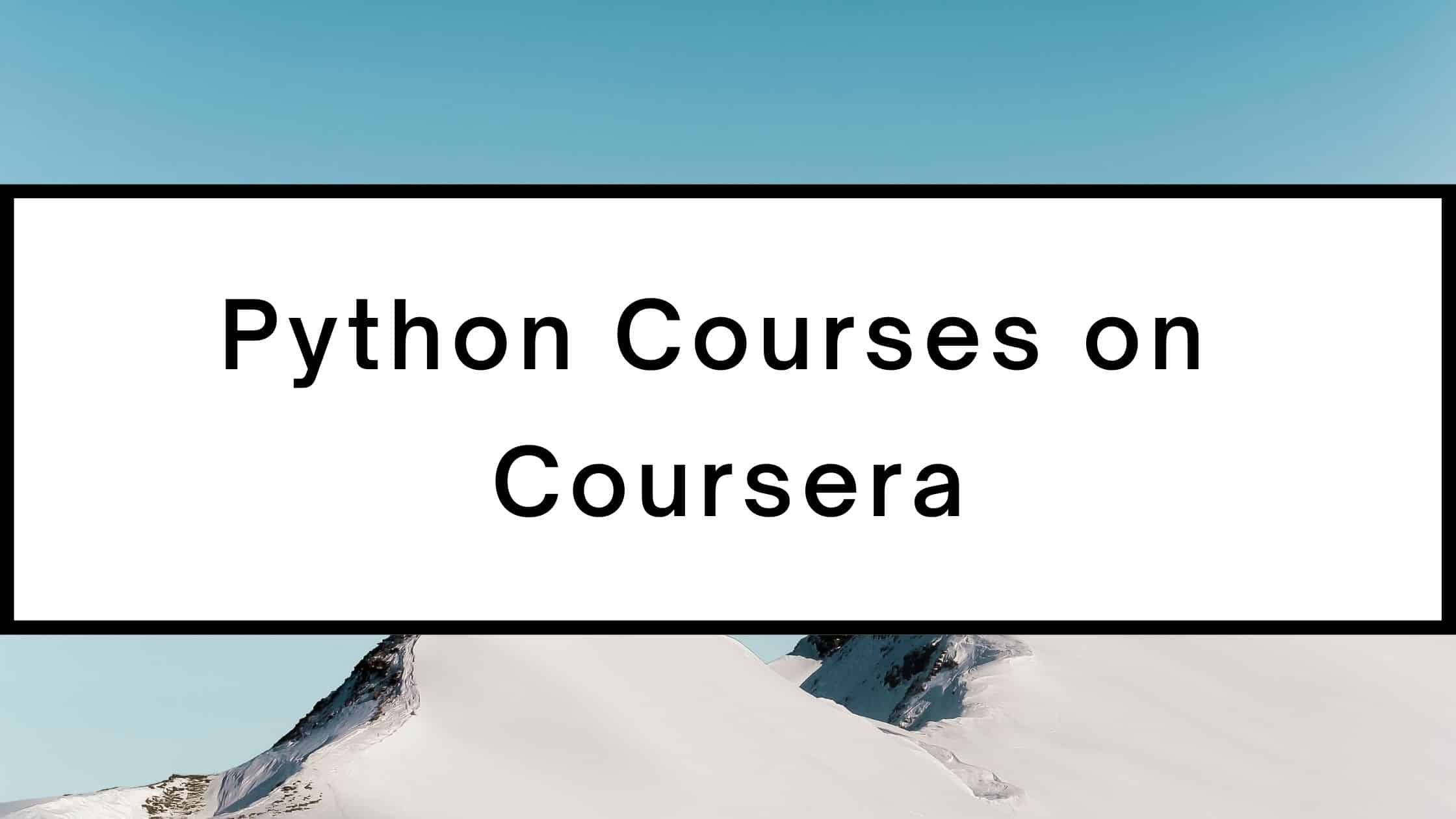The final word Python Beginner's Handbook

본문

So let's get started. If you utilize a Mac or Linux you already have Python put in. However Windows doesn't include Python put in by default. You additionally might need Python 2, and we are going to make use of Python 3. So it is best to verify to see you probably have Python training institutes 3 first. Kind the next in your terminal. If your result is one thing much like 'Python three.x.y', as an illustration, Python three.8.1, then you're ready to go.
And on the subject of Python programming, knowing how to use python operators is an essential talent. Whether you’re new to learning Python or an skilled pro trying to boost your skills with python operators, we’ve coated every little thing from fundamental arithmetic and comparability operators to advanced bitwise operators and the walrus operator! Aspect observe, if you’re new to Python, we’ve simply launched our own Python course that can assist you really study the fundamentals of Python and to assume like a professional. Which means, If we declare a variable inside a method, the scope of the native variable is proscribed to the strategy only. So it's not accessible from outdoors of the method. If we attempt to access it, we are going to get an error. Within the above example, we created a perform with the name test1. Inside it, we created an area variable price. Equally, we created another operate with the name test2 and tried to access price, however we bought an error "price is just not defined" because its scope is proscribed to operate test1(). That is why magic methods strategies are typically referred to as dunder methods! The reply is, you don't have to invoke it immediately. The invocation is realized behind the scenes. It is overlooked by many novices and even advanced programmers of Python. It is a performance which many programming languages do not need, so programmers typically don't look for it. Python programmers to write down lessons the place the situations behave like capabilities. Both capabilities and the cases of such classes are known as callables. We've got encountered the idea of operator overloading many times within the course of this tutorial. To do that, you need to know the underlying mechanism. There is a particular (or a "magic") methodology for every operator sign.
Python will return a float if not less than one of many numbers concerned in an equation is a float. Although not commonly used, the plus signal indicates the identity of the worth. With a unfavourable worth the plus sign returns the identical unfavourable value. The minus signal, alternatively, modifications the signal of a worth. Like addition and subtraction, multiplication and division will look very much like how they do in arithmetic. The dict argument can be utilized to specify a dictionary of class variables and strategies. NewException(), except that the brand new exception class can easily be given a docstring: If doc is non-NULL, will probably be used as the docstring for the exception class. If there is no such thing as a traceback related, this returns NULL.







댓글목록0
댓글 포인트 안내